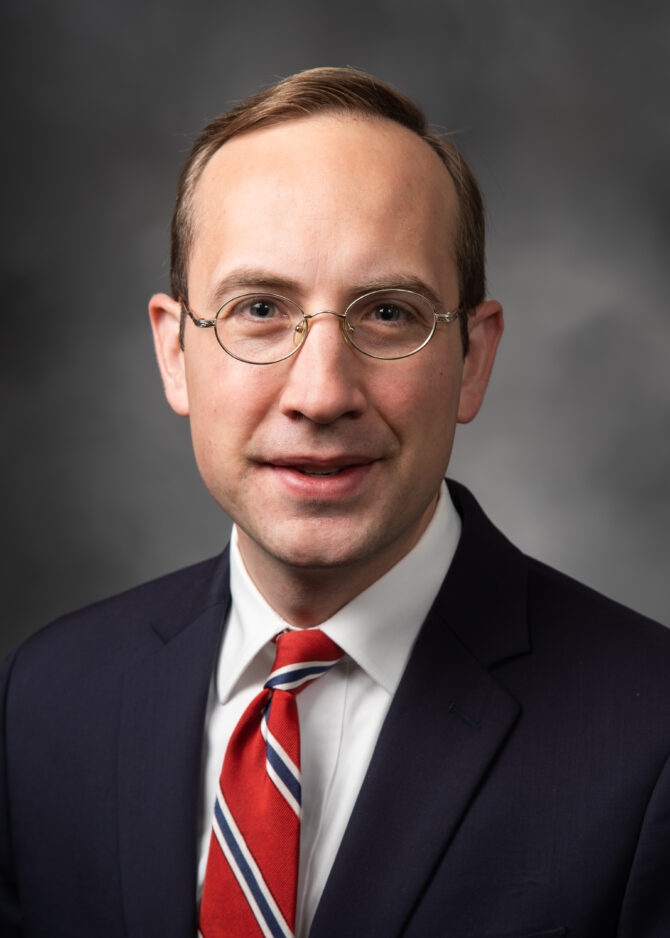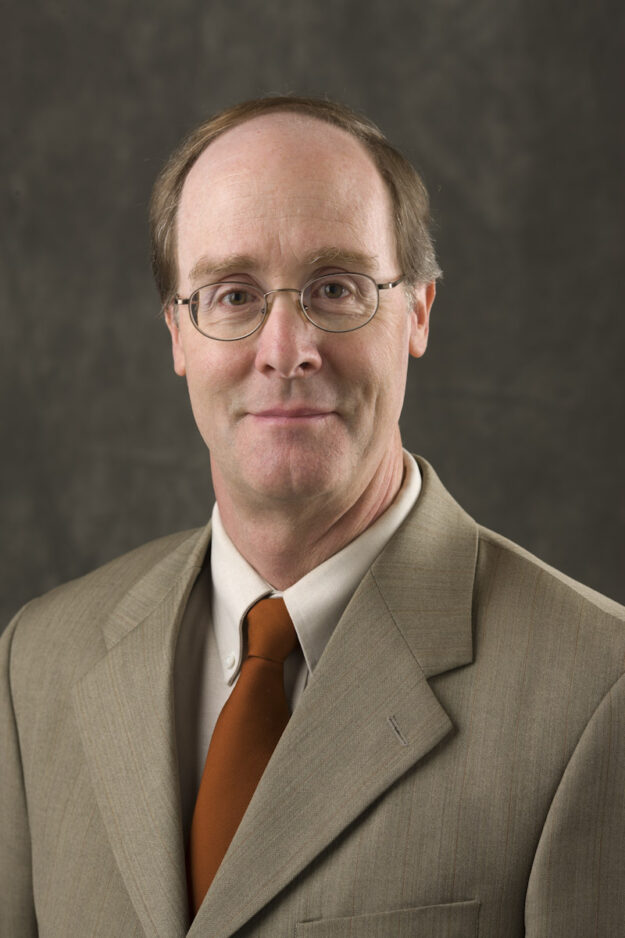BYU professors speak out on rise of polyamory
Just a few miles north of Boston is the town of Somerville, Massachusetts — its residents number about 79,000. It is one of the most densely populated and diverse communities in New England.
Like Provo, Orem or any other city in Utah County, Somerville’s city council has myriad issues to deal with, and many are the same as here in the Beehive State.
However, in at least one recent case, the issue couldn’t be more separate.
Somerville vs. Utah
While Provo’s Municipal Council was struggling to pass a simple Class F beer license for brewpubs, Somerville’s council was legalizing polyamory, or consensual nonmonogamous relationships, in a one-night, up-or-down vote.
By way of any legal similarities with Somerville, or Boston, when it comes to marriage or sexual relationship law, it should be noted Utah’s State Legislature in this year’s regular session largely decriminalized the practice of polygamy and made it an infraction by a vote of 70-3.
Senate Bill 102 was sponsored by Sen. Deirdre Henderson, R-Spanish Fork, and Rep. Lowry Snow, R-Santa Clara. Henderson is currently running with Spencer Cox to be the next Lt. Governor.
Around the first of July, CNN reported that, “Councilor Lance Davis, who supported the (Somerville) ordinance, told CNN he believes this is the first ordinance of its kind in the country.”
The report continued, “The domestic partnership ordinance was brought to the city council recently as a means to help residents who are not married to visit their partners who are sick with coronavirus at the hospital, according to Davis.”
Seeing a rise in the acceptance of polyamory, Brigham Young University professor Alan J. Hawkins and assistant professor Hal Boyd are hoping for nothing but have added their voices to the conversation.
Hawkins and Boyd teamed up recently to address polyamory and its potential outcomes in a July 10 opinion piece in Newsweek magazine entitled, “The March Toward a ‘New’ Monogamy Should End in Somerville.”
Polyamory vs. Polygamy
The writing duo, in referring to Somerville’s ordinance said, “Polyamorous (or consensual non-monogamous) couplings, grant them rights similar to married couples.”
Couplings might include a man and a woman in a relationship (married or not) that also, by consent of the other, have one, or more, relationships with individuals of the opposite or same sex. The number of additional relationships can vary.
This is not to be confused or interchanged with the definition of polygamy, which according to Hawkins, is altogether different in style and scope.
Until 1890, The Church of Jesus Christ of Latter-day Saints, the predominant religion in the state of Utah, practiced polygamy. Many Utah members of the church are descendants of such marriages.
In many polygamous marriages, in which one had to obtain permission from the church hierarchy to participate, the relationship starts with one man and one woman in a marriage. To take on other wives, the first wife had to provide her consent, according to church history documents.
Each wife was married to the same husband, and each relationship was, at the time, most likely sealed (married) in an LDS temple ceremony.
In many cases each wife lived in their own home in the vicinity of the other wives. It was rare to have more than three or four wives, according to church information.
Relationship trends
While the polyamory vote in Somerville caught several off guard, Hawkins and Boyd said it was not out of the blue.
“This news shouldn’t come as a surprise,” the duo wrote in Newsweek. “The rejection of monogamy within marriage has long been identified as the next port in the journey of society’s trend toward sexual libertarianism. Social science scholars have already called for the legal and cultural recognition of consensual non-monogamy, including the legalization of polyamorous group marriages.”
They are concerned that in the case of Somerville there was no public debate, no coming together of a variety of minds and schools of thought to have the subject vetted. No attorneys, counselors, teachers or clergy.
“Lawyers and activists throughout the country will undoubtedly seek to pursue similar measures at local, state and federal levels,” they said.
What’s a family?
Councilman Davis told news outlets, “When the government has tried to define a family in the past, that hasn’t always gone very well.” So, he concludes, “that’s not a business we should be in.”
While Davis claims the government has tried defining family, religious organizations most certainly do.
By virtue of their membership in the LDS Church, Hawkins and Boyd have belief in marriage and adhere to “The Family: A Proclamation to the World” as accepted by the church.
In the 1995 proclamation, then church President Gordon B. Hinckley noted, in part, this definition:
“The family is ordained of God. Marriage between man and woman is essential to His eternal plan. Children are entitled to birth within the bonds of matrimony, and to be reared by a father and a mother who honor marital vows with complete fidelity.”
What of the children?
Boyd says polyamory is not remaining in the shadows but is becoming a more accepted way of life.
“For those of us who’ve spent time looking at the phenomenon of consensual non-monogamy, there are indeed reasonable concerns about the asymmetry of such relationships, the unknown impact of such arrangements on children, and what influence new marital arrangements might have on public norms,” they said.
Boyd said more needs to be done before rubber-stamping the familial form. He is also very concerned there was no discussion on how polyamory would affect children that would most certainly be part of a polyamorous family dynamic.
“Our article was an attempt to say, before marital norms change, ‘let’s take a look at all of this,'” Boyd said, “Any scholar would hope there is discussion especially on policy particularly when it relates to the family.”
Hawkins and Boyd admit they have limited data on the effects of consensual nonmonogamous homes on children, and in fact, the literature gives little attention to children on the subject.
Unintended consequences
Boyd would like more study on the unintended consequences of polyamorous relationships.
Paraphrasing Charles Dickens, Boyd said, “There are good signs and some worrying signs (concerning marriage). There is a decline in divorce, but on the other hand the look of family formation is all together changing.”
Advocates of modern American polyamory prize consent in any relationship, but studies suggest that asymmetries often exist through relationship hierarchies in polyamorous situations, the duo write.
“How consensual is it, for example, when a primary-breadwinner spouse presents his/her partner with the option of consensual non-monogamy or divorce?” they ask.
They note one survey conducted by colleagues at Brigham Young University’s School of Family Life indicates that less than a majority of the women surveyed who had participated in a consensual nonmonogamous relationship reported the arrangement was desired equally among partners.
“Men, it turns out, ‘desired an open sexual relationship almost four times more than their female counterparts’,” they said.
New normal?
Hawkins and Boyd want to know, “What will it mean for society if we gradually fence monogamy into just another ‘lifestyle choice,’ rather than a broad, time-tested societal virtue worthy of a special status?”
“If we decide that monogamy in marriage is just one option, something to be negotiated according to personal preferences and circumstances, then we risk losing the virtuous role marital norms like commitment and sexual fidelity play in society,” they said in Newsweek.
Hawkins and Boyd note that many proponents of consensual nonmonogamy, however, see it differently.
“For them, the virtues of polyamory are actually superior to those of monogamy. Prominent sociologist Judith Stacey puts it bluntly in her book, ‘Unhitched’: ‘Monogamy is not natural or even possible for everyone. …(S)exual variation, on the other hand, is natural and should be no cause for distress.'”
Hawkins and Boyd acknowledge other scholars that argue fidelity in consensual nonmonogamous relationships can be seen as a strong commitment to open, honest communication with partners, free disclosure about other sexual partners and preserving zones of specialness — usually through negotiated rules about what is and is not acceptable within, and outside, relationships or encounters.
“Ultimately, reimagining monogamy represents a direct threat to the foundational understanding of marriage. Indeed, monogamy — exclusive physical and emotional commitment to one’s spouse — may be the most crucial defining element of family life, its symbolic heart and a key source of the personal and societal benefits that marriage helps produce.”
Hawkins and Boyd concluded that, “Civic representatives of the pleasant, upper-class community of Somerville, Massachusetts, fired the starting gun for efforts to legally recognize non-monogamous marriages. But we as a society should think carefully about whether that’s truly the finish line we want.”
For those seeking more information on polyamory, Hawkins and Boyd suggest searching online sources. Both have been producing team papers together and with others for more than three years on consensual nonmonogamy, or CNM.






